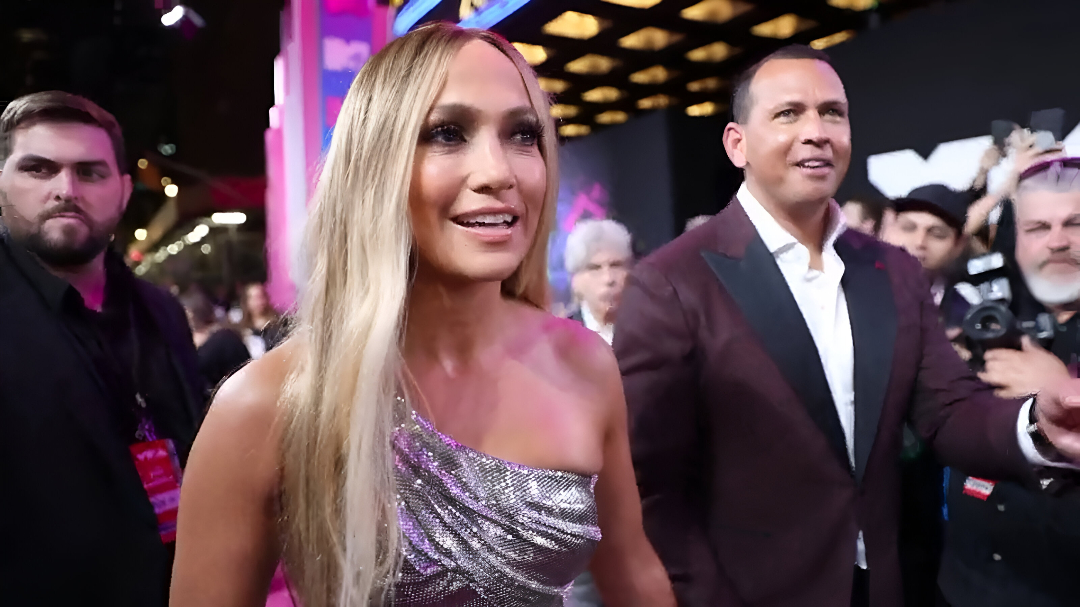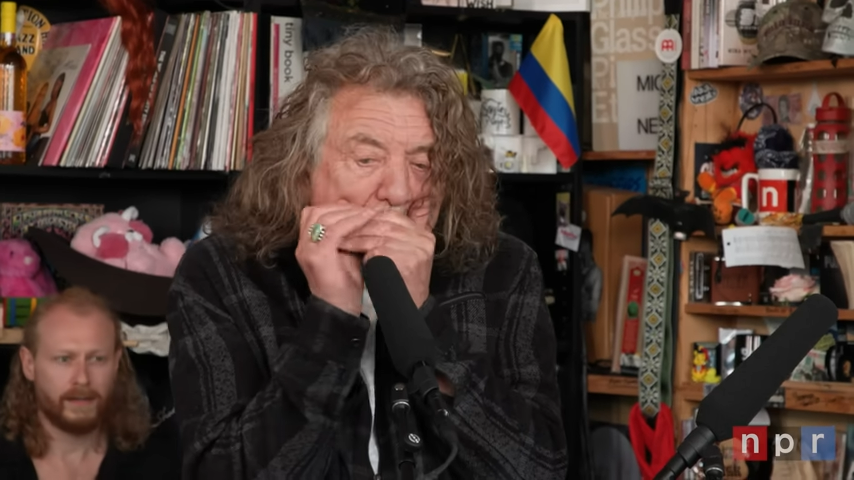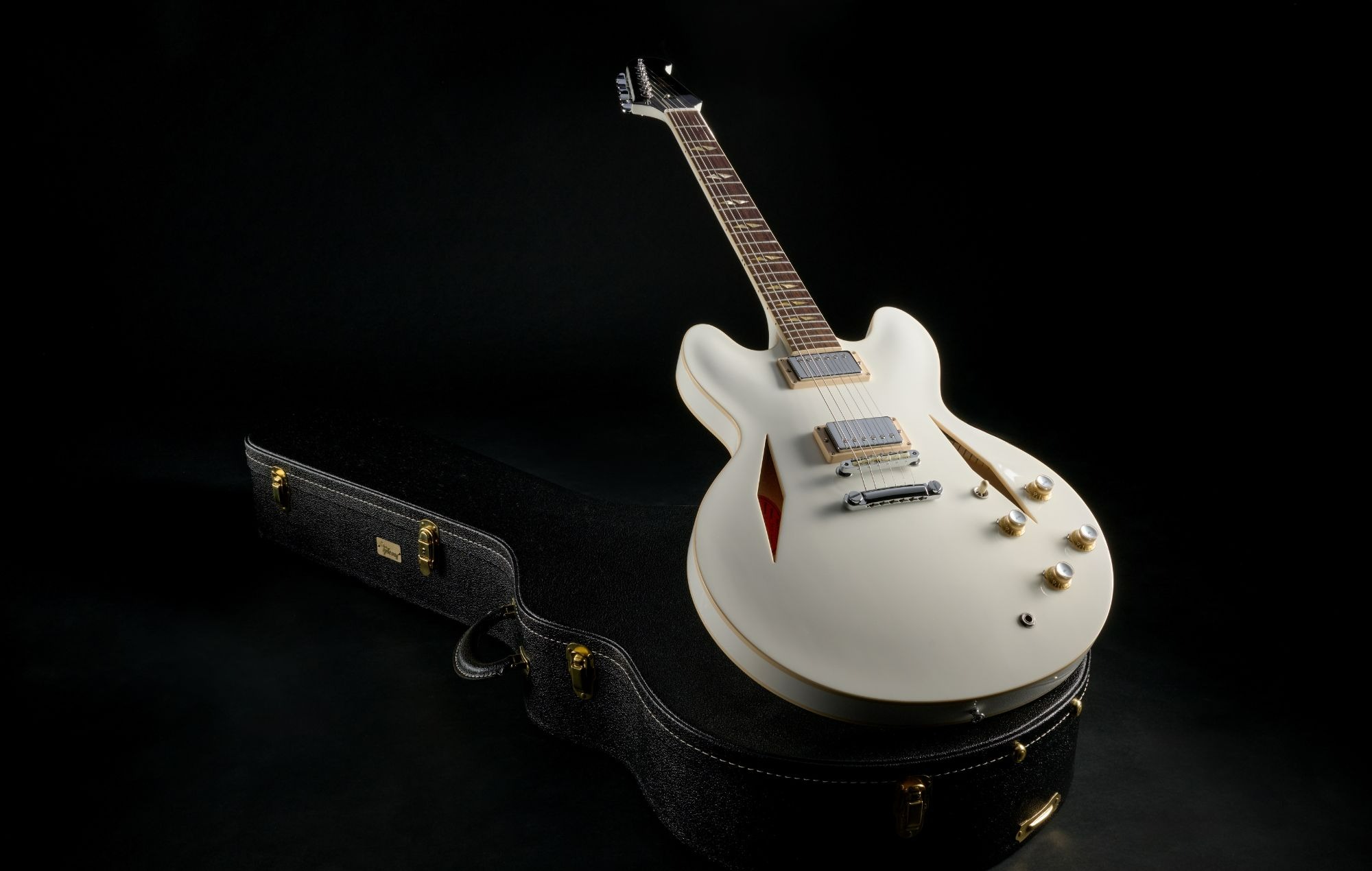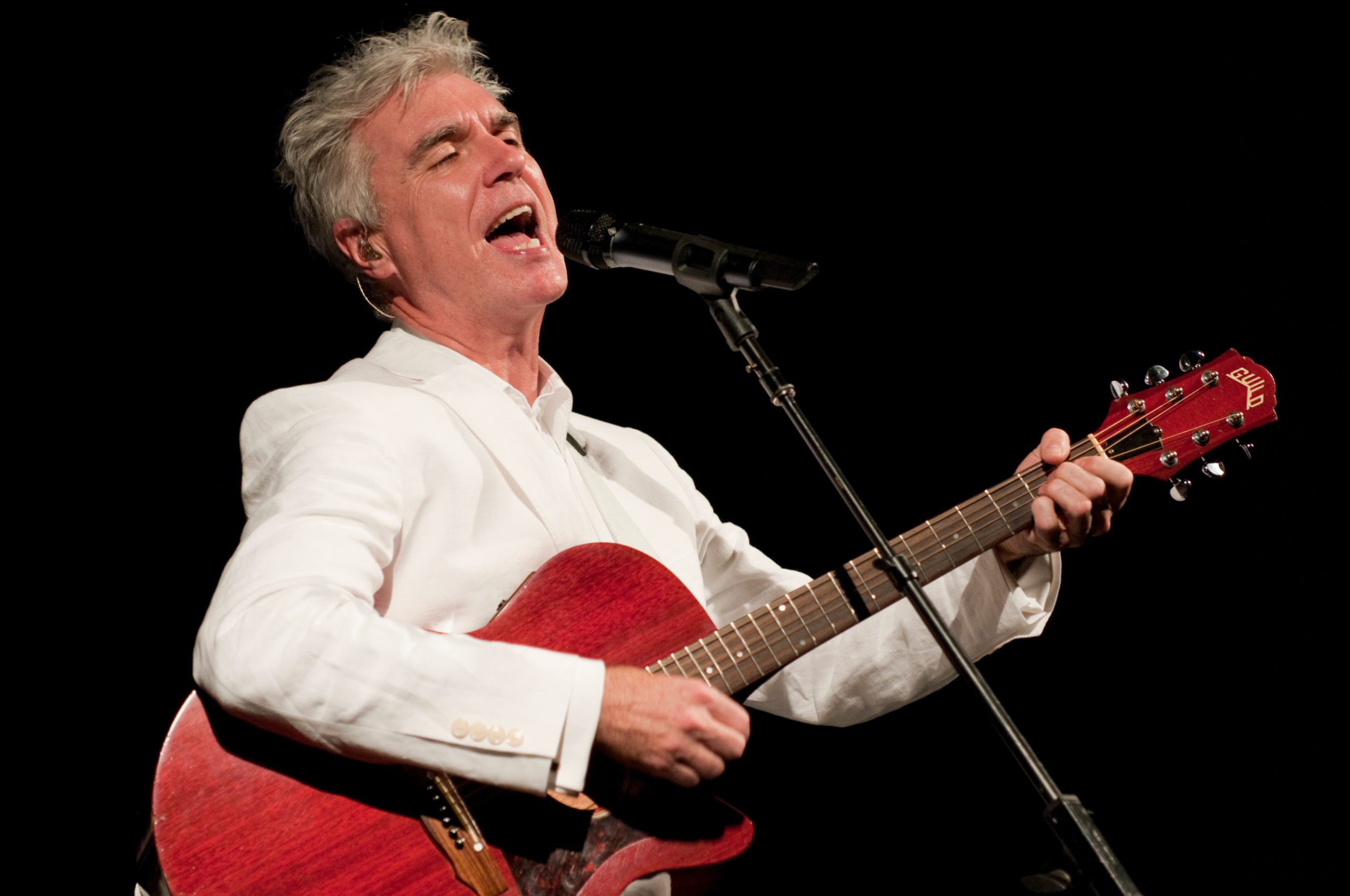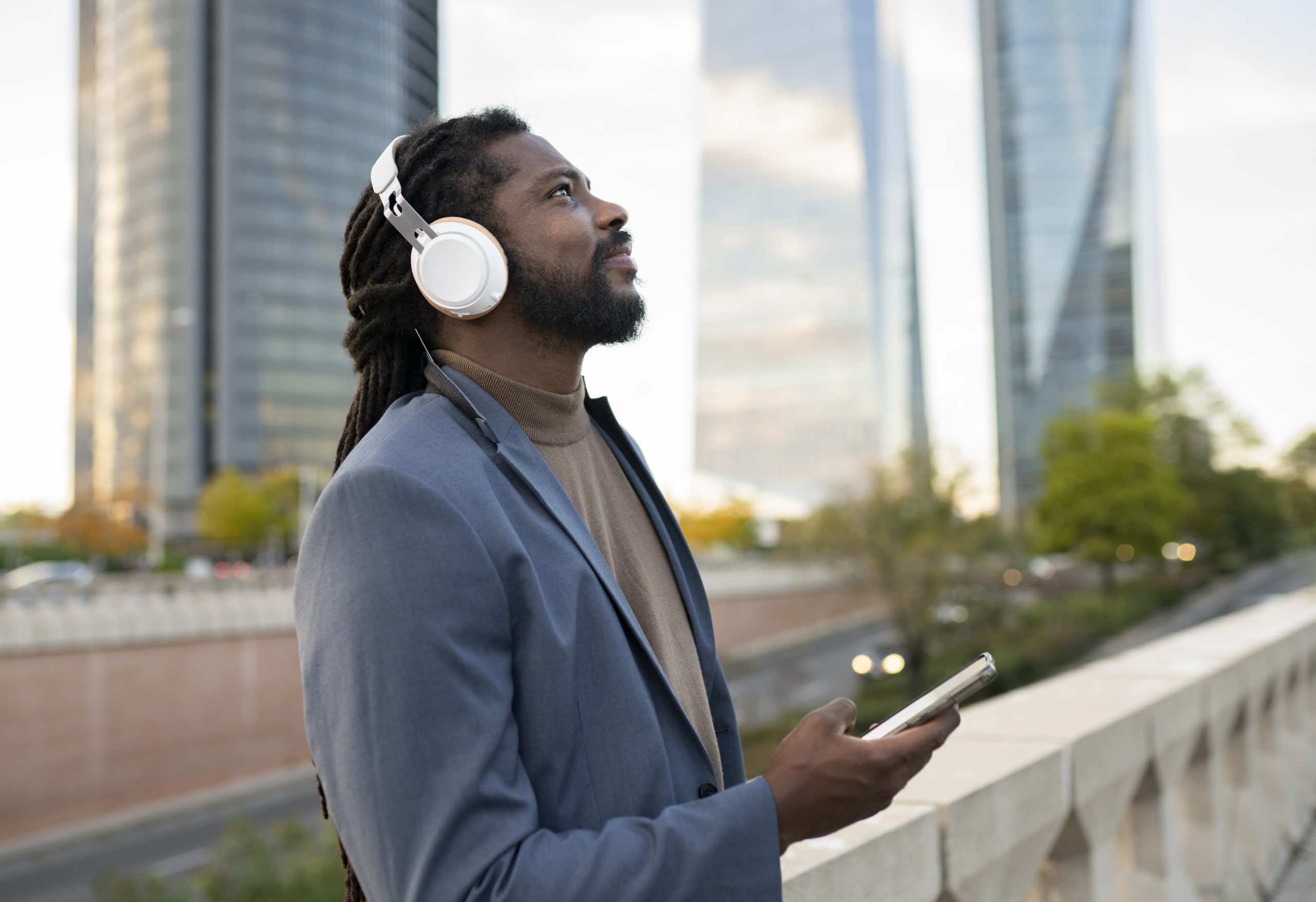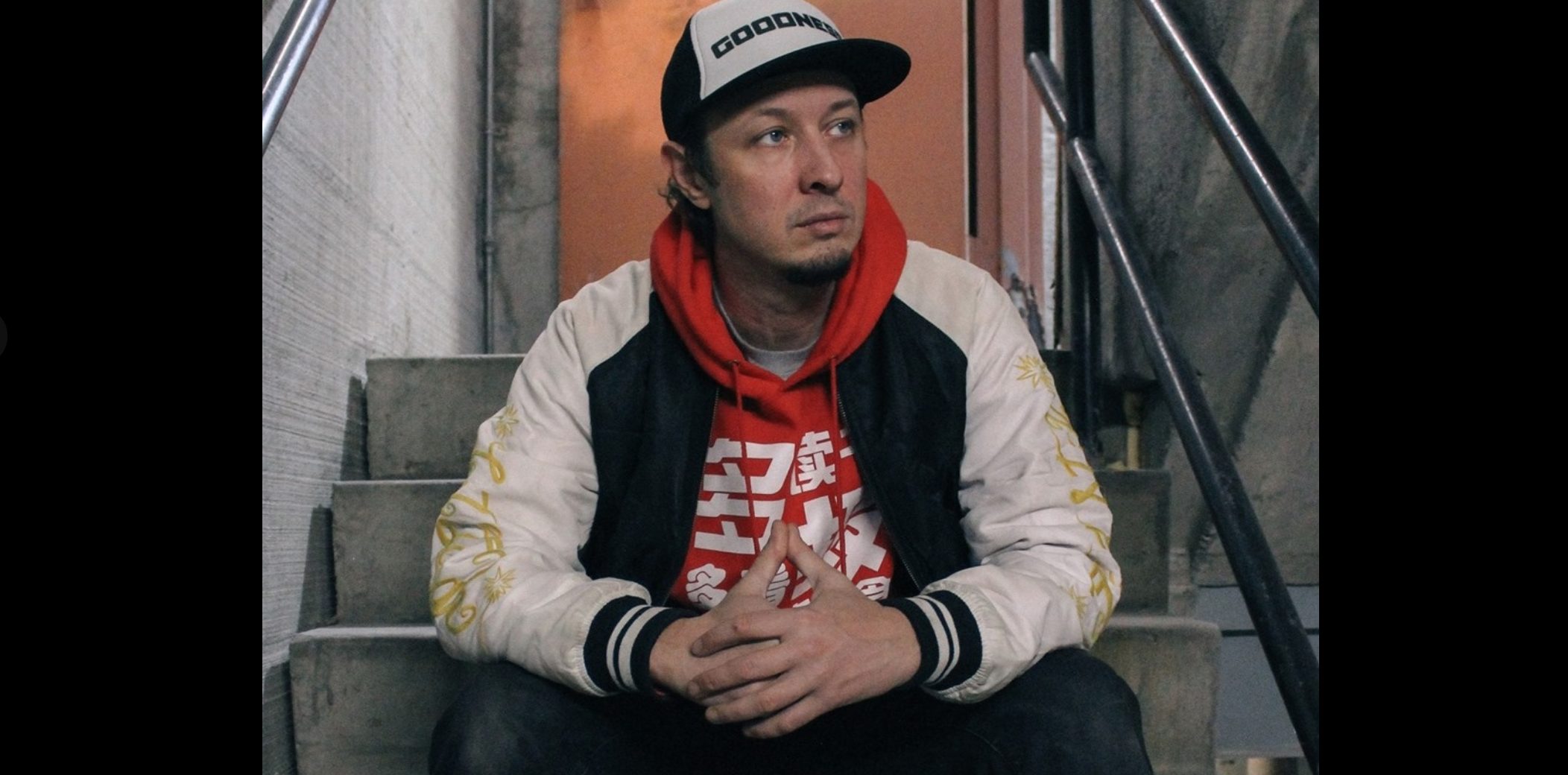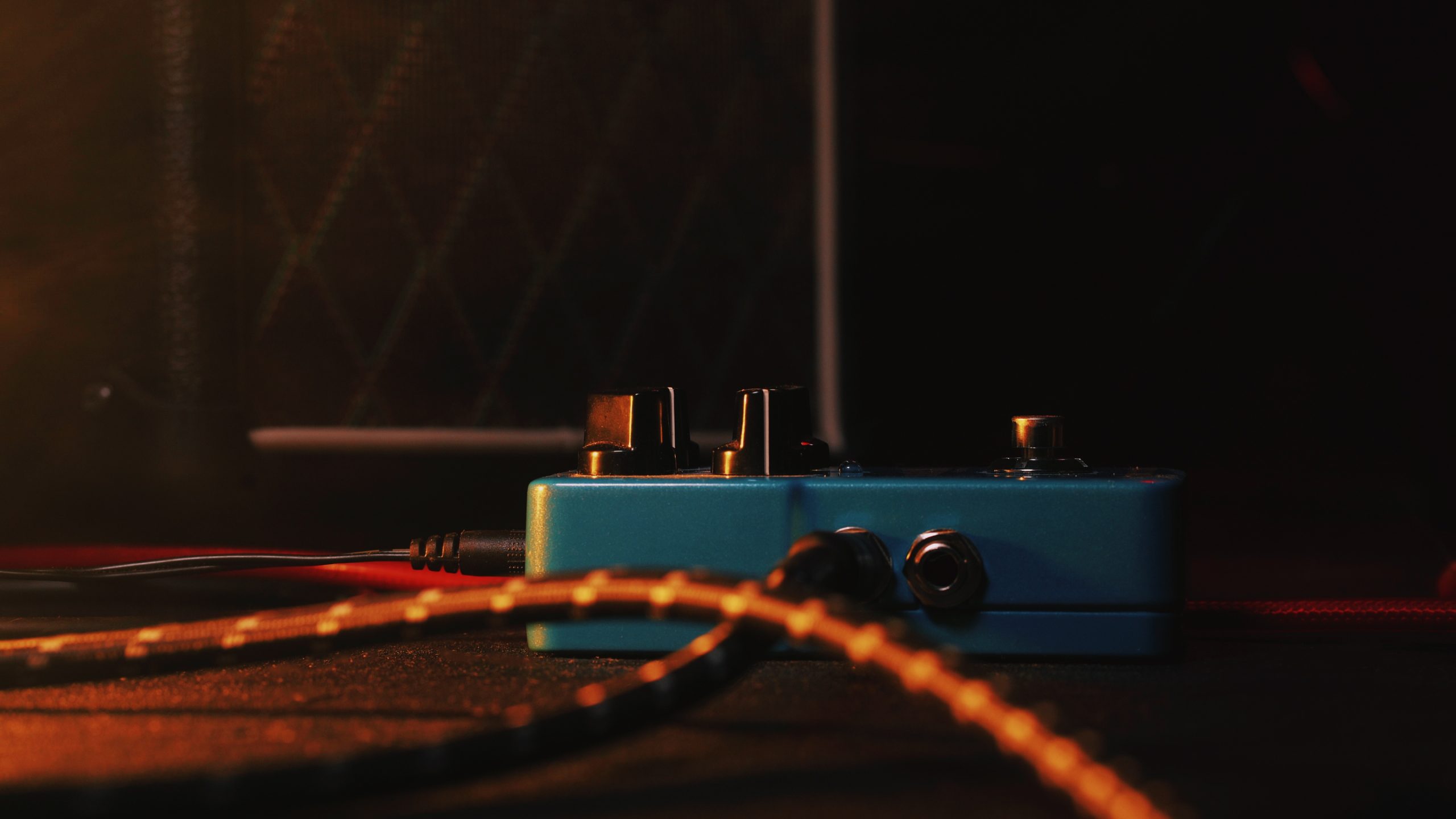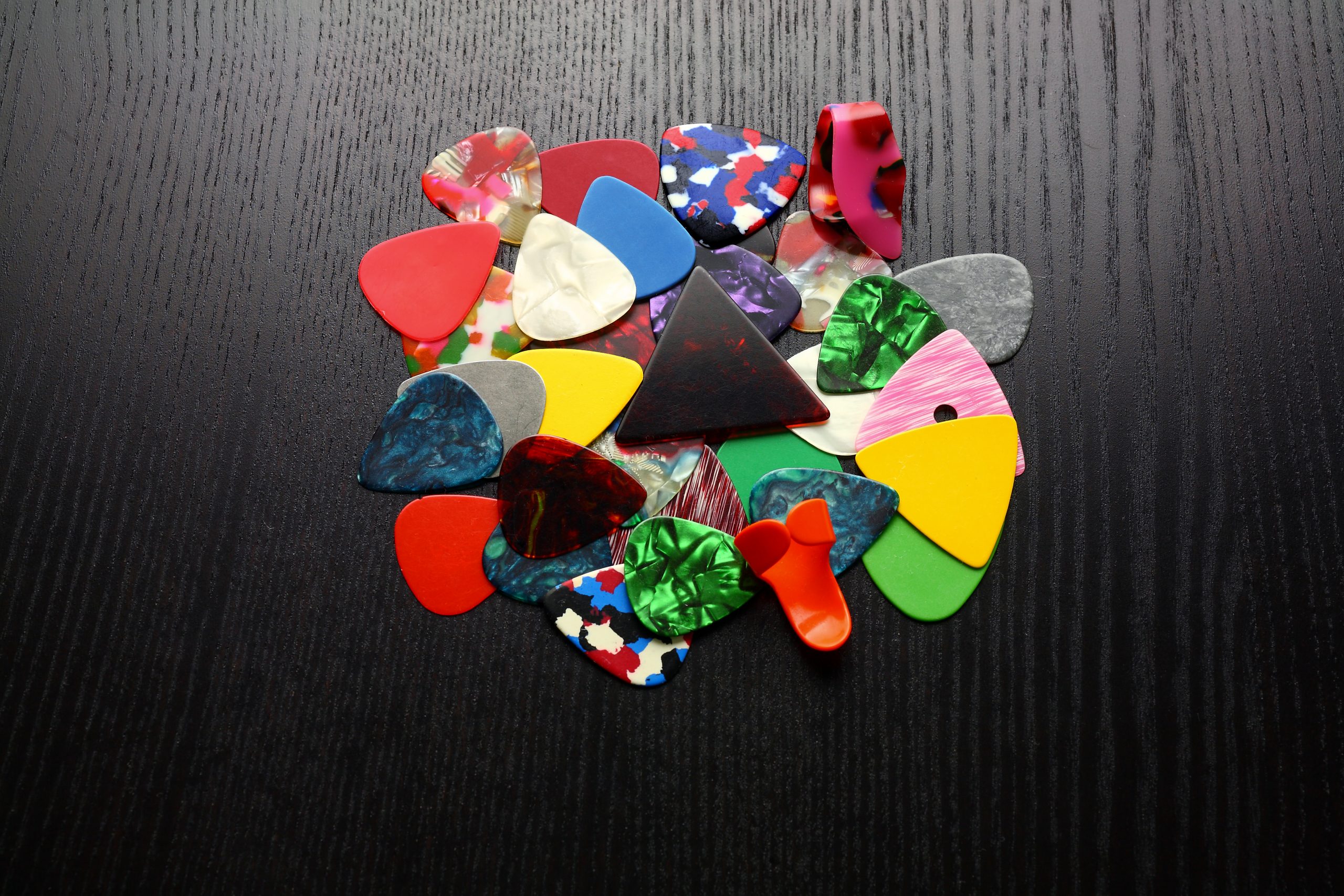Jennifer Lopez just announced her Vegas return 47 minutes after hosting the AMAs—proving that timing in entertainment is everything. Her “Up All Night” residency at Caesars Palace represents more than celebrity star power; it’s a masterclass in how seasoned artists navigate an industry that’s become as unpredictable as a Spotify algorithm.
The economics tell the real story here. Lopez’s 2016-2018 Planet Hollywood run generated over $100 million from 120 performances, numbers that make most touring revenue look quaint by comparison. While younger artists chase streaming pennies and festival slots, Lopez demonstrates the enduring value of controlled environments where ticket prices reflect actual demand rather than Ticketmaster’s pricing chaos.
What’s genuinely smart about this timing is how it sidesteps the current touring landscape’s dysfunction. “Las Vegas is evolving,” notes a recent analysis of the city’s entertainment economics, and Lopez’s move exemplifies this transformation. Rising production costs, venue availability issues, and unpredictable logistics have made major tours increasingly risky investments, like switching from vinyl collecting to NFTs just as the bubble bursts. It’s a calculated pivot by one of the richest female musicians in the world.
A residency eliminates variables while maximizing profit margins. Lopez keeps her crew in one place, builds a show specifically for the venue’s acoustics and sightlines, and creates scarcity that drives demand. It’s the entertainment equivalent of Netflix choosing subscription models over theatrical releases—predictable, scalable, and immune to external market forces.
The December 30-January 3 launch dates aren’t accidental either. New Year’s Eve in Vegas commands premium pricing, and Lopez’s team clearly understands that four consecutive nights during peak season will generate more buzz and revenue than scattered dates throughout the year. The additional March 2026 shows extend the earning window without oversaturating the market, like releasing deluxe album editions six months later when initial sales plateau.
Her AMAs medley performance functioned as a six-minute commercial for exactly this type of spectacle—high production values, seamless costume changes, and the kind of choreographed precision that Vegas audiences expect. Unlike festival performances, where technical limitations and time constraints compromise artistic vision, residencies allow artists to craft experiences worthy of the investment fans make traveling to see them.
This move also signals Lopez’s evolution from chasing chart positions to building sustainable entertainment businesses. While her contemporaries struggle with streaming algorithms and social media engagement metrics, she’s focusing on what generates reliable income: putting bodies in seats and creating memorable experiences that justify premium pricing. It’s a sharp strategy from someone whose viral reality check didn’t derail her long game.
The real test won’t be ticket sales—those will likely sell out based on her name recognition alone. The question is whether Lopez can deliver the kind of theatrical spectacle that transforms a concert into an event worth planning Vegas trips around, the way Celine Dion redefined what residencies could be at the same venue.
For an artist navigating personal challenges while maintaining professional momentum, Vegas offers something tours can’t: predictability, control, and the chance to remind everyone why live performance remains irreplaceable in an increasingly digital industry.


